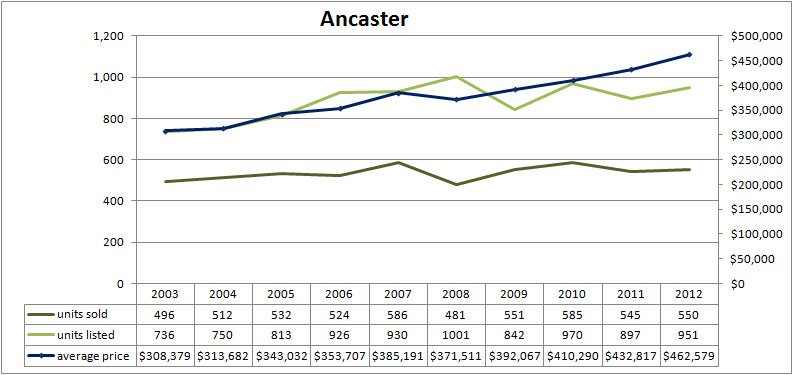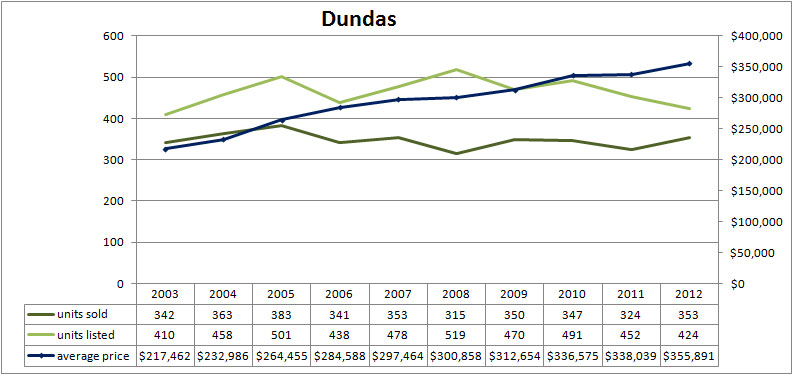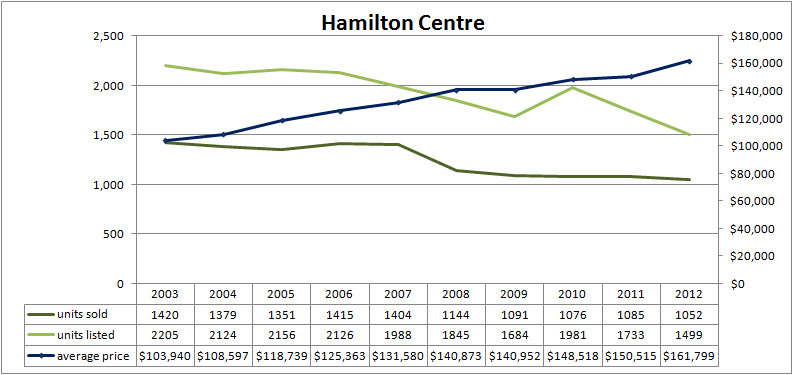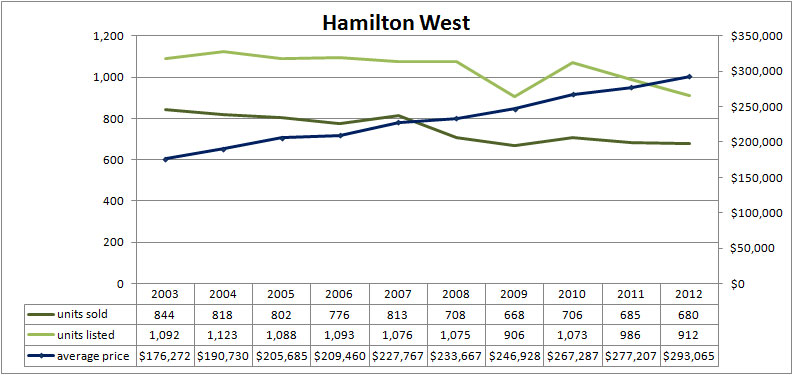|
Super Bowl: ‘Home Is Where the Game Is,’ Survey Says
“For millions of Americans who tune in, it’s not just about the game and the commercials, it’s about getting together with friends and family in the home,” says Bev Thorne, chief marketing officer of Century 21 Real Estate LLC. “This game represents the last great American campfire, and we thought it’d be fun to take a look at the role the home plays in what has become an iconic cultural event.”
Century 21's survey of adults uncovered these nuggets among others:
Century 21's survey of adults uncovered these nuggets among others:
- Nearly nine in 10 Americans say home is the best place to watch the Super Bowl. The majority of those surveyed plan to watch the Super Bowl at either their home or a friend or family’s home rather than at a bar or restaurant.
- 66 percent say they plan to watch the game at a “home” because it’s a more comfortable and relaxing atmosphere. Nearly 60 percent say it’s important for them to be able to find a comfortable seat at home.
- 76 percent of Americans who plan to watch the game say they prefer to watch it in their pajamas or comfortable clothes (a more common response among women).
- 46 percent say that cleaner bathrooms are another benefit of watching the game at home.
- 52 percent say the quality of the television with its size and resolution is important in throwing a successful Super Bowl party at home.
- 42 percent of the adults surveyed say they plan to supplement their viewing of the game by using their mobile devices, such as checking sport news apps on their phone or tablet for additional commentary.
















